Human Cannonballs
May 27, 2015 in Daily Bulletin

Robbie Gonzalez took us inside the life of a human cannonball:
- Human cannonballing is largely a family business. Performers are related by blood or marriage.
- The business is secretive. Only industry veterans know, for example, how the cannons are made.
- It’s a dangerous sport. One old estimate suggests that out of 50 performers, 30 had died.
- When the person is launched they travel at a speed of 66 miles per hour.
- They are shot from a cannon that is heated precisely to between 65 and 75 degrees Fahrenheit, in order to ensure that the pressurized gas powering the cannon behaves as expected.
- The cannonball lands on an airbag that is painted with a target and multiple stars that act as reference points and tell the performer how to control their speed mid-air.
Read more about the business and see some incredible videos and .gifs, including one that shows what it’s like from the perspective of the human cannonball here.
Source: io9








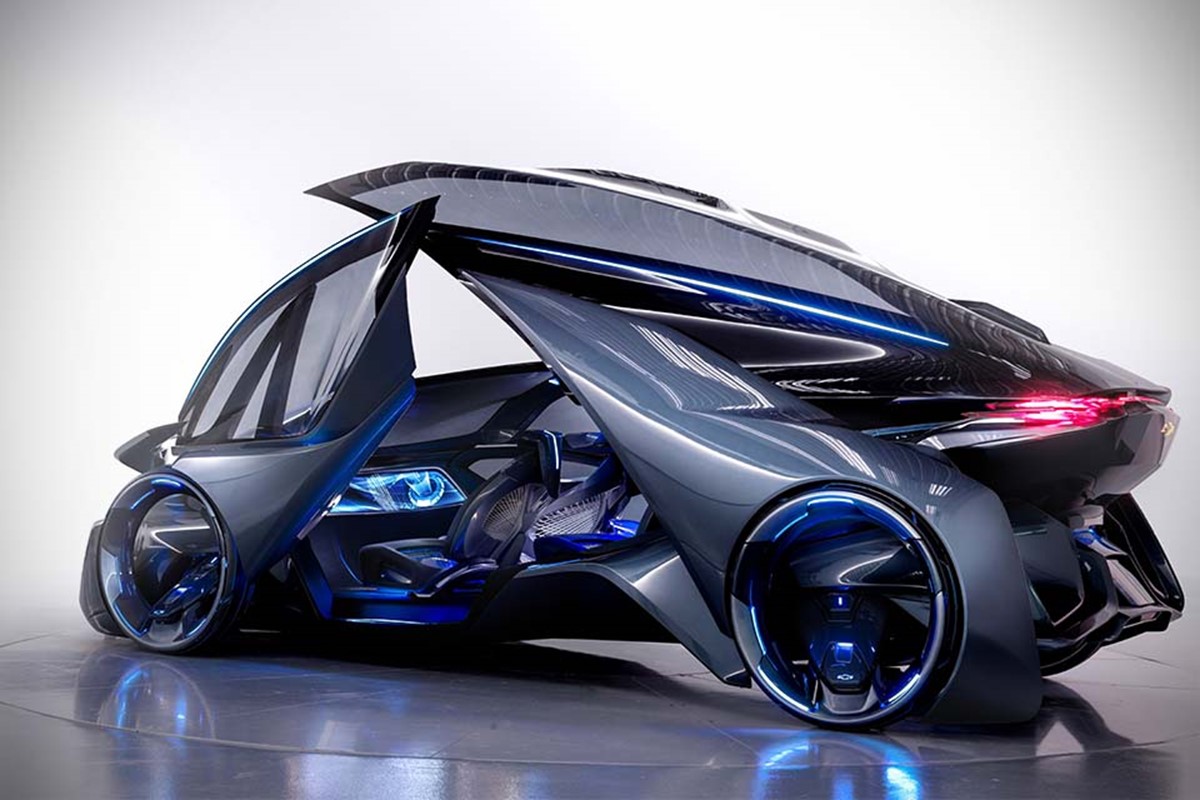
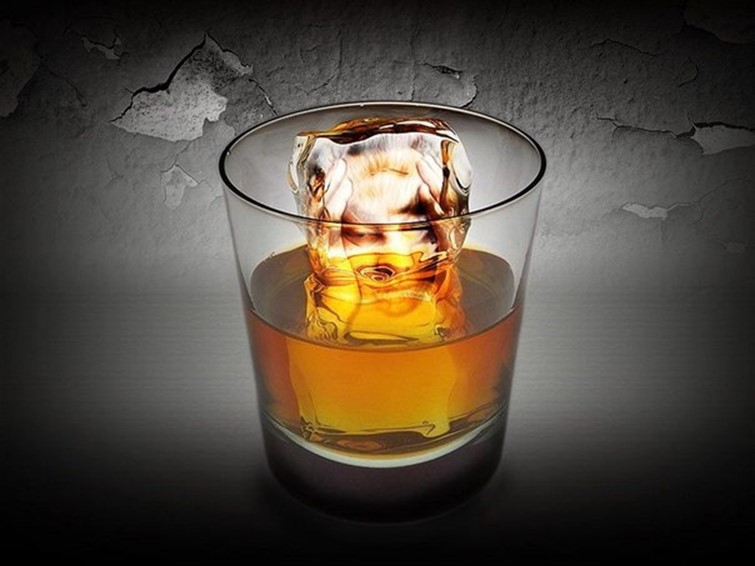

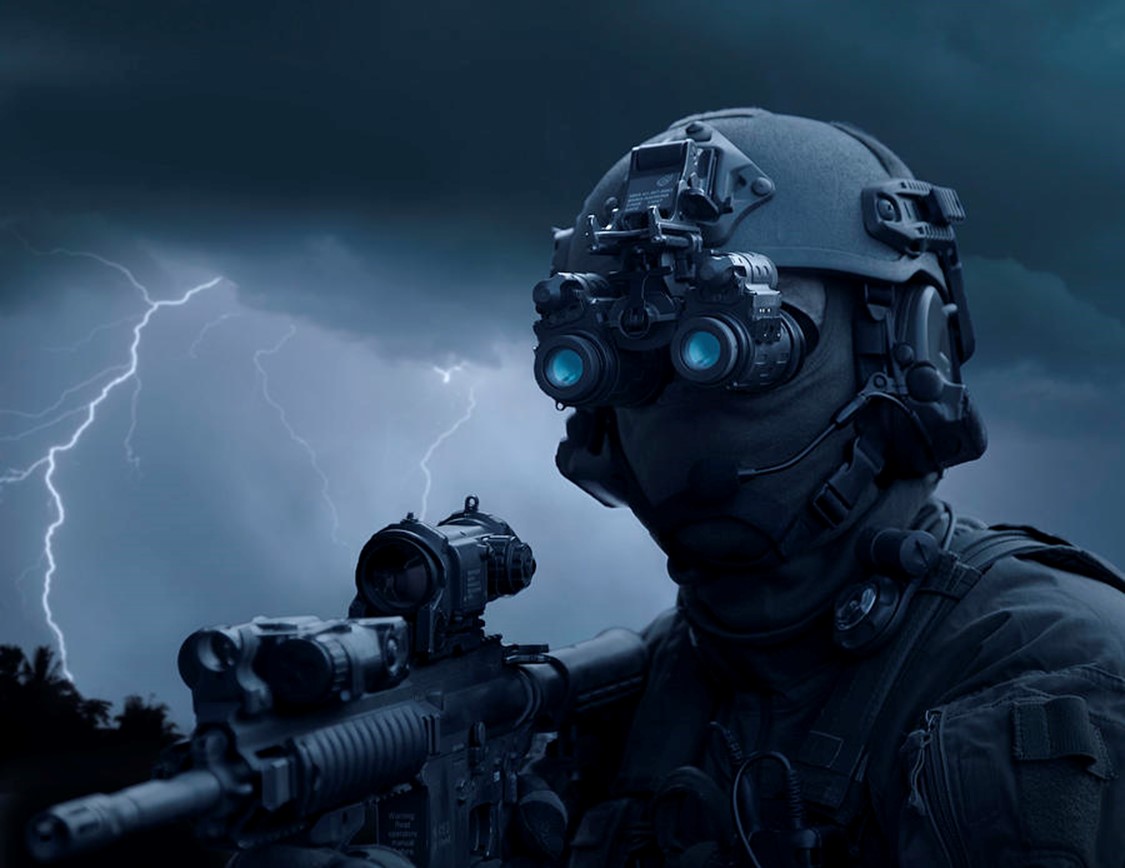


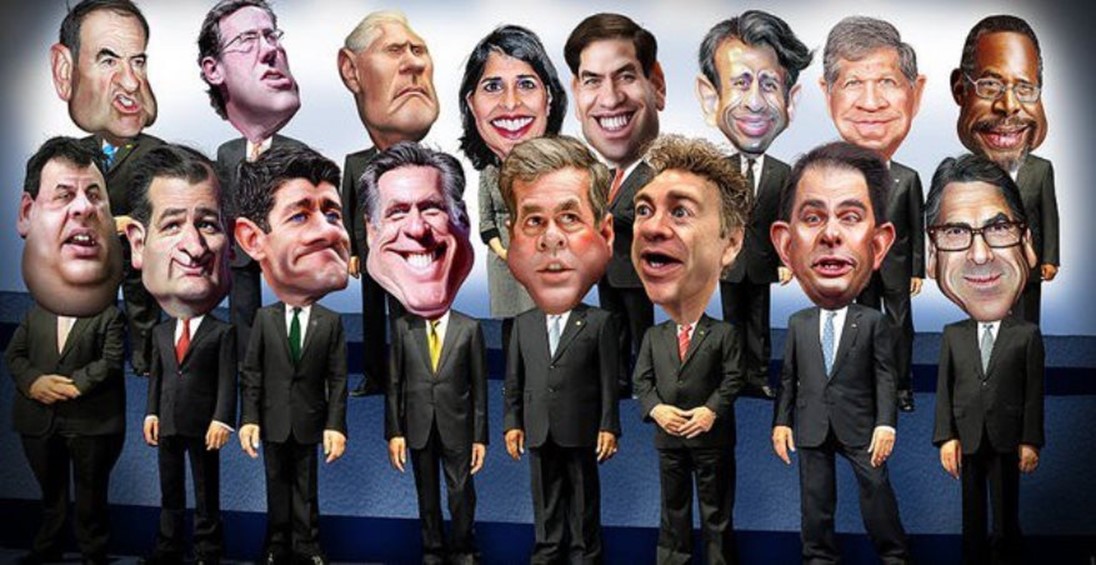

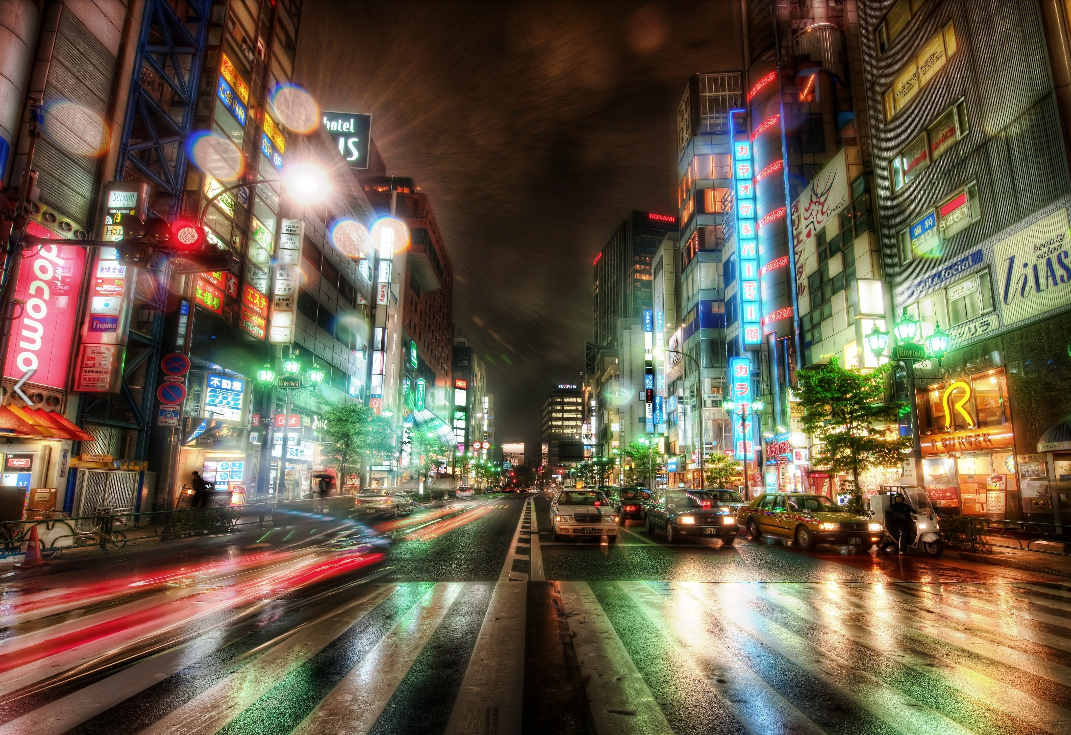
Join the Discussion! (No Signup Required)